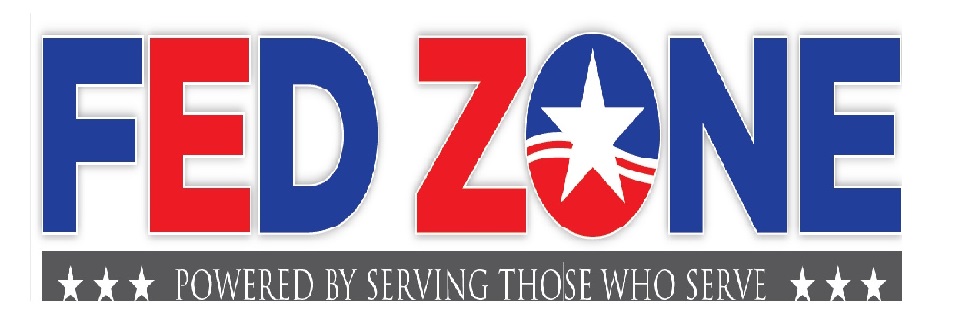Overview of the upcoming mutual fund window, a self-directed brokerage account, that is set to become available in a few months.

Edward A. Zurndorfer–
The Federal Retirement Thrift Investment Board (FRTIB) recently announced some major changes coming to the Thrift Savings Plan (TSP) during the next three to six months. The TSP will be shifting to a new service provider by the summer of 2022. Among the significant changes to the TSP will be:
- (1) New digital tools including a mobile application, a virtual assistant, and a live-agent chat;
- (2) Streamlined processes including electronic payment options such as a TSP participant having the option to make electronic transfers for TSP loan payments and payoffs; and
- (3) An enhanced “My Account” that offers a Mutual Fund Window that will provide opportunities for TSP participants to invest in thousands of outside “open-ended” (commonly called “mutual” funds. The remainder of this column discusses this new option of a Mutual Fund Window that is expected to start in summer 2022.
The TSP will not be the first employer-sponsored qualified retirement plan to utilize a Mutual Fund Window for its employees’ retirement plan participants on a voluntary basis. A Mutual Fund Window is a self-directed brokerage account that gives retirement plan participants the option of buying shares of outside open-ended funds selected by or for their retirement plan. With the TSP, TSP participants will have the option of investing beyond the current five TSP funds – the “C”, “S”, “I”, “F” and “G” funds together with the associated life cycle (L) funds – through a separate brokerage account. However, unlike the five TSP funds, the investments available through a brokerage account will not be vetted by the TSP to determine whether they are “suitable” investments for the typical TSP participant.
The good news is that because many TSP participants in past years have expressed an interest in a Mutual Fund Window, the TSP has taken the necessary steps and made the arrangements to offer this Mutual Fund Window to TSP participants who choose voluntarily to invest in the Mutual Fund window. The not-so-good news is that the new open-ended fund options will have additional fees and expenses. These fees and expenses will fall into four general categories, namely:
- (1) An annual maintenance fee of $95;
- (2) Per trade fee of $28.75;
- (3) Fees and expenses imposed by the specific open-ended fund(s) in which the participant chooses to invest; and
- (4) A fee designed to guarantee the open-ended fund window will not indirectly increase the share of administrative expenses paid by TSP participants who choose not to use the open-ended fund window.
Note that those TSP participants who invest only in the TSP core funds – the “C”, “S”, “I”, “F” and “G” funds and/or associated life cycle(“L”) funds will not be charged these extra fees associated with the Mutual Fund Window.
TSP participants should take note: While the TSP core funds (the “C”, “S”, “I”, “F”, and “G” Funds) generally have had in the past low administrative expenses, there will be at least $150 in additional fees for participants in the Mutual Fund Window.
With respect to TSP administrative expenses, all TSP participants pay a pro-rata share of the TSP’s administrative expenses. However, with respect to the Mutual Fund Window expenses, because the TSP does not control the share prices of the open-ended funds offered within the Mutual Fund Window, the current TSP system for allocating administrative expenses among TSP participants will not work for the Mutual Fund Window.
The FRTIB is proposing to collect an annual fee of $55 from only those TSP participants who choose to participate in the Mutual Fund Window. The purpose of the $55 collected only from Mutual Fund Window TSP participants is so that the TSP administrative expenses are not increased for TSP participants who choose not to participate in the Mutual Fund Window.
Note that the $55 fee is in addition to the $95 fee listed above. This means that the annual fees for using the Mutual Fund Window will be $150 ($95 plus $55). The FRTIB is proposing to redetermine the amount of this annual fee every three years.
Also, the FRTIB has proposed several restrictions on TSP participants’ use of the Mutual Fund Window, including:
- (1) The TSP is proposing to require an initial fund transfer of at least $10,000 to the Mutual Fund Window.
- (2) The initial investment may not exceed 25 percent of a TSP participant’s total TSP balance. (Putting (1) and (2) together, this means a TSP participant will need to have a minimum TSP account balance of $40,000 before becoming eligible to use the Mutual Fund Window.)
- (3) Subsequent transfers to the Mutual Fund Window cannot exceed 25 percent of the TSP participant’s total TSP balance at the time of transfer.
The TSP’s current restriction on the number of trades per month will remain in effect. In particular, currently TSP investors are allowed two inter-fund transfers per month. After the second inter-fund transfer is made, a TSP participant is allowed to only transfer money from the “C”, “S”, “I” and “F” funds into the “G” fund. Note that any transfer between the TSP core funds and a participant’s Mutual Fund Window account will count toward the existing monthly limit on inter-fund transfers.
In short, while adding a Mutual Fund Window is a notable change to a retirement investment plan that has prided itself in the past on its low cost and simplicity, a Mutual Fund Window – while creating more investment opportunities and diversification – creates potentially more risk for TSP participants. For the average TSP participant who may not be willing to undertake this risk and does want any additional complications when it comes to saving for their retirement, the Mutual Fund Window may not be an appropriate investment choice. TSP participants who are unsure as to whether to participate in the Mutual Fund Window are strongly encouraged to consult with a qualified investment advisor for additional advice and guidance.
Edward A. Zurndorfer is a CERTIFIED FINANCIAL PLANNER™ professional, Chartered Life Underwriter, Chartered Financial Consultant, Chartered Federal Employee Benefits Consultant, Certified Employees Benefits Specialist and IRS Enrolled Agent in Silver Spring, MD. Tax planning, Federal employee benefits, retirement and insurance consulting services offered through EZ Accounting and Financial Services, and EZ Federal Benefits Seminars, located at 833 Bromley Street – Suite A, Silver Spring, MD 20902-3019 and telephone number 301-681-1652. Raymond James is not affiliated with and does not endorse the opinions or services of Edward A. Zurndorfer or EZ Accounting and Financial Services. The information has been obtained from sources considered to be reliable, but we do not guarantee that the foregoing material is accurate or complete. While we are familiar with the tax provisions of the issues presented herein, as Financial Advisors of RJFS, we are not qualified to render advice on tax or legal matters. You should discuss tax or legal matters with the appropriate professional.
